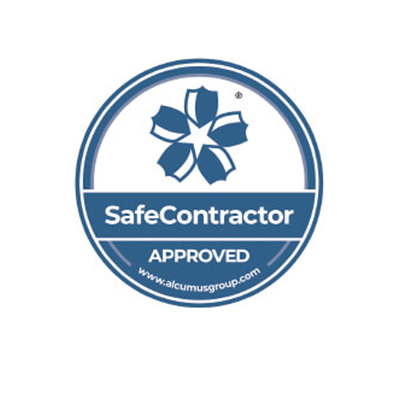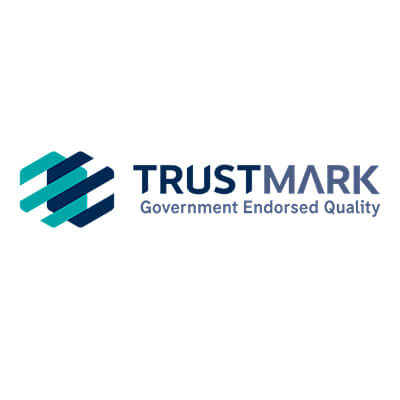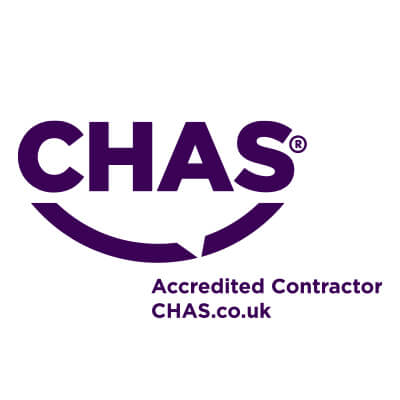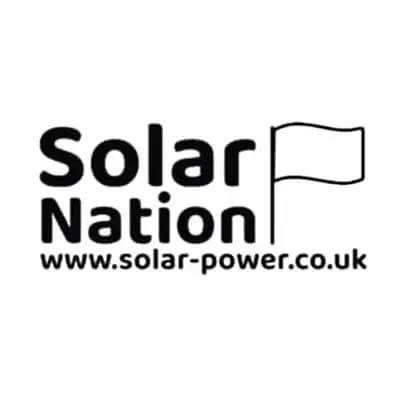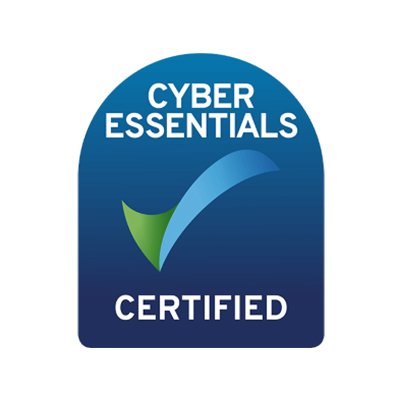What Are the Three Types of Solar Panel Mounting? A Practical Guide
If you’re considering solar panel installations for your home, business, or industrial building, one of the first decisions you’ll face is how the panels will be mounted. At LowEnergy Services, working throughout Scotland, England and Wales, we’ve helped countless customers navigate this decision. In this article, we’ll break down the three major types of mounting systems, what each involves, and how to decide which one suits you best.
By the end, you’ll understand terms like ground mount solar, roof mount and pole mount, and make an informed decision. We’ll also cover key benefits, considerations, cost factors, and why choosing the right solar installer matters.
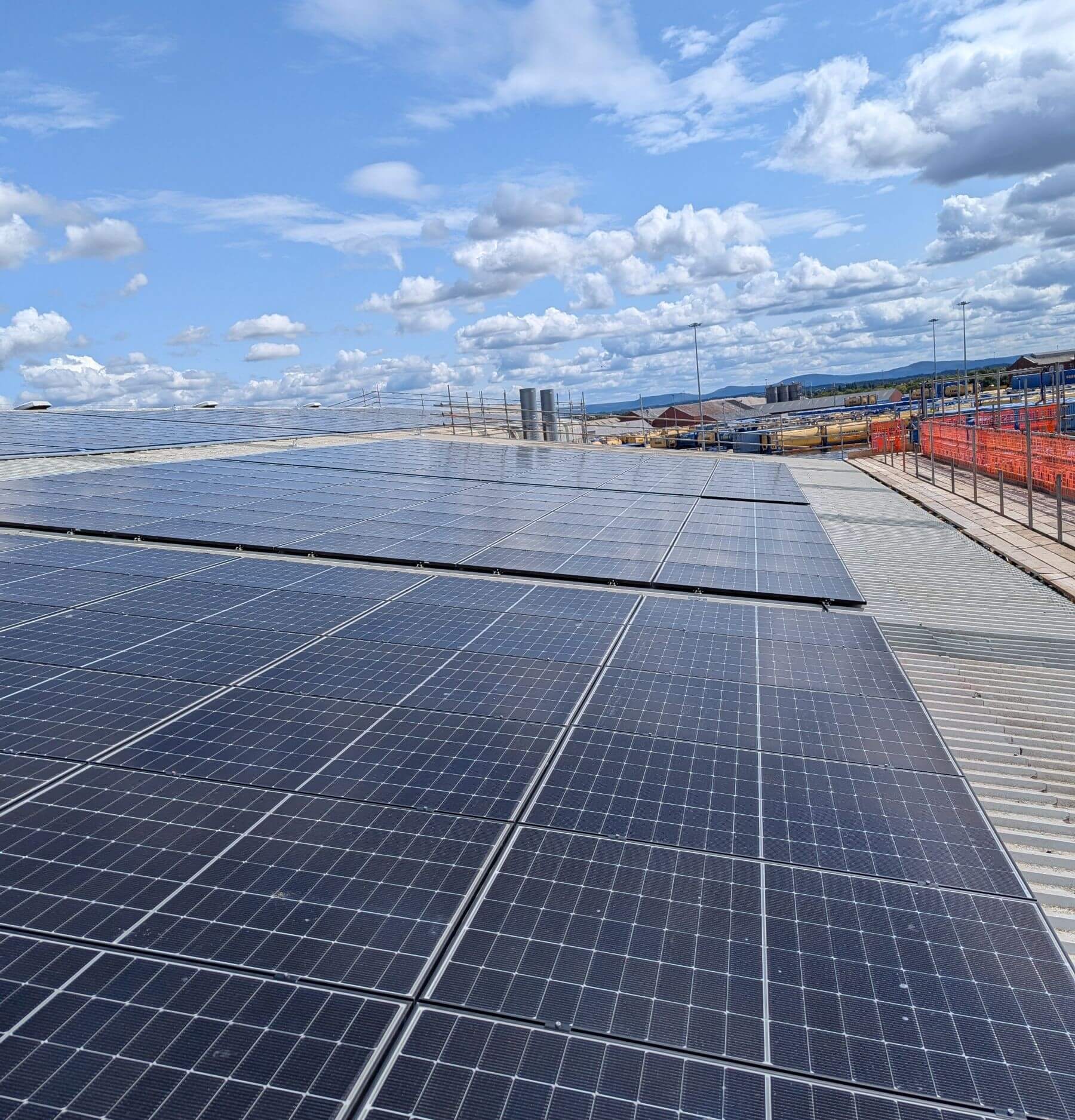
Why Mounting Type Matters in Solar Panel Installations?
When you book a solar panel installation, the mounting system is a major element: it determines how your solar panels are fixed, how they perform, how they age, and how easy maintenance will be. According to industry sources:
A mounting or racking system must be engineered to withstand wind, snow, environmental loads and ensure durability.
For commercial or industrial solar panel installations, the choice between roof-mounted, ground-mounted or pole-mounted (or carport) systems can significantly affect cost, land use and output.
So, if you’re looking at commercial solar panels, solar panels for industrial buildings, or even a domestic system but with large-scale potential, this decision is key.
The Three Main Solar Mounting Types:
Roof-Mounted Solar Systems
What it is:
A roof mount system fixes your solar panels directly on or to your building’s roof using rails, brackets and mounts. This applies to residential homes, commercial buildings, and industrial factories.
Why choose it:
- Makes use of otherwise unused roof space.
- Usually the most cost-effective if your roof is suitable.
- Minimal use of extra land.
Considerations:
- Your roof must be structurally sound and able to support the panels + racking.
- Tilt and orientation may be sub-optimal depending on roof direction or shading.
- Access and safety during installation (especially on taller buildings) can increase cost.
- For commercial installs, recall: you may need roof building consent, assess penetrations, and loadings.
Good fit for: Businesses with large roof areas, commercial solar installers, and companies that want to add solar panels for business usage without using extra land.
Ground-Mounted Solar Systems
What it is:
Panels are installed on the ground by mounting structures built for that purpose (frames, poles, racking systems). No use of roof space. Also called ground-mounted PV panels, ground mount solar, or solar panels on the ground.
Why choose it:
- Offers flexibility in panel positioning, you can optimise tilt angle, orientation, and spacing.
- Suitable when roof space is inadequate, shaded, or when you want larger-scale installations (commercial or industrial).
- Easier access for maintenance, cleaning, and monitoring.
Considerations:
- Requires sufficient available open land (or yard) and possibly planning/permits.
- Cost may be higher due to additional structure, foundations, and anchoring.
- Land use, you’re devoting ground space to solar rather than other uses.
- For a commercial ground-mounted solar panel system, you may need fencing, security, and land preparation.
Good fit for: Commercial solar panels (for business / industrial buildings) where there is available land adjacent or nearby the property, or for sites where the roof is unsuitable.
Pole-Mounted or Elevated / Carport / Canopy Systems
What it is:
A mounting system where panels are elevated off the ground on poles, or installed as a canopy structure over land uses (e.g., vehicle parking), sometimes called carport solar. These systems are especially common in large commercial/industrial settings.
Why choose it:
- Utilises underused space such as parking lots or unused ground between buildings.
- Can combine solar with other functions (e.g., car-parking shade, EV charging).
- Often ideal for commercial solar panel installation companies working with business clients.
Considerations:
- Among the most expensive mounting options due to structure, height, and foundations.
- Requires careful design for wind loading, maintenance access, and possibly more complex planning.
- Height may complicate cleaning or require specialised access.
Good fit for: Businesses with outdoor space currently used for vehicles, or where a canopy + solar solution makes sense (e.g., commercial solar panels Scotland, industrial solar panel installation). If your goal is commercial PV installations for business/industrial usage, this could deliver both utility and branding benefits.
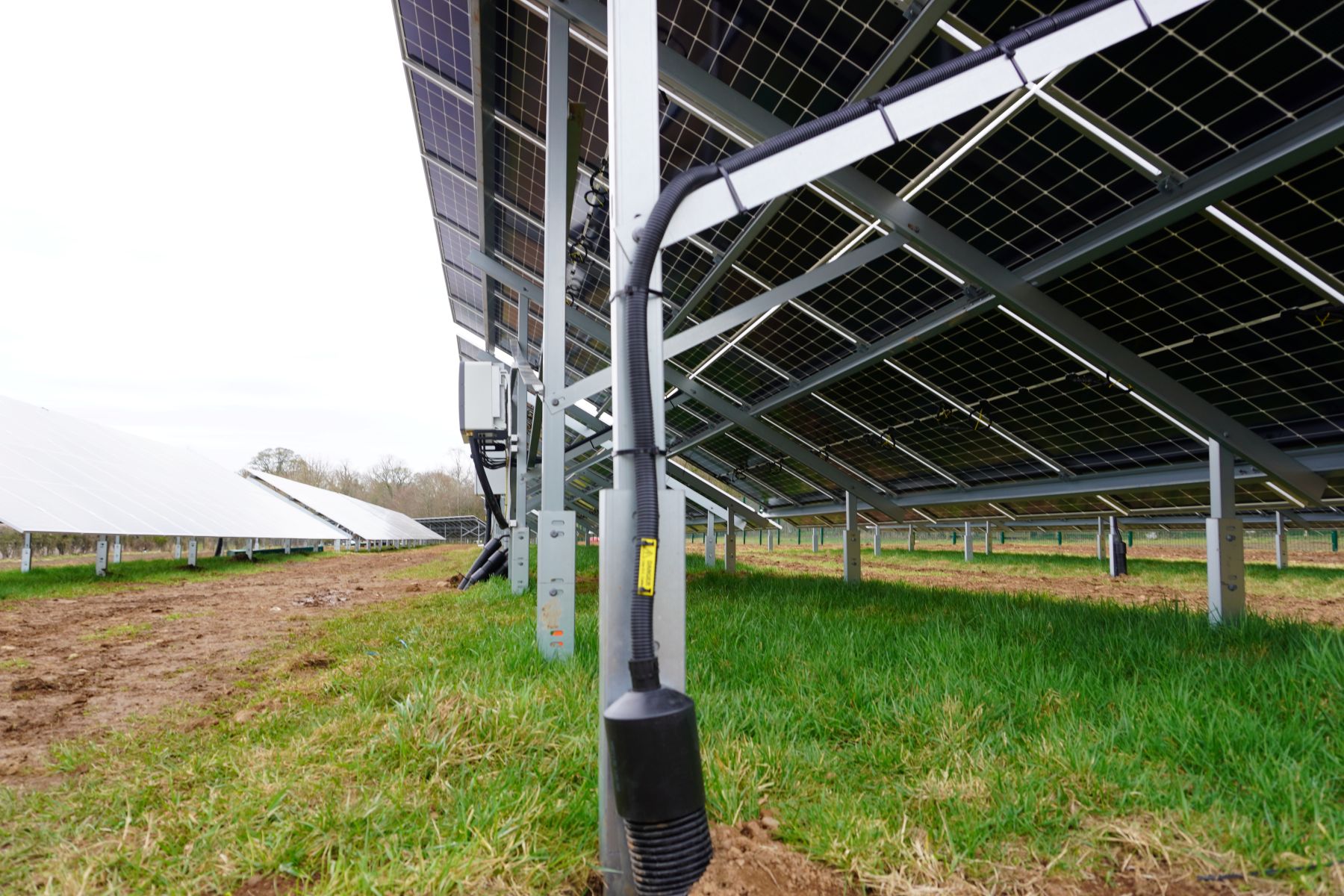
How to Decide Which Mounting Type is Right for You?
When you’re engaging with solar installers like LowEnergy Services, here are key factors you’ll want to evaluate:
- Available space: Do you have roof area, open land, or parking lots?
- Building or land orientation & shading: Which orientation gives the best sunlight exposure?
- Budget & cost-effectiveness: Each mount type has different cost brackets for structure and installation.
- Scale & purpose: Is this for domestic, commercial, or industrial use? “Solar panels for business”, “commercial solar installation companies” will focus on scalable systems.
- Maintenance & access: Ground or pole mounts are often easier to access than roof-mounted.
- Planning & permits: Ground mounts may require additional consents; roof mounts, less so in many cases.
- Future expansion: If you might expand later, which mount gives flexibility?
Why Partnering with a Specialist Installer Matters?
When entrusting a company to handle your solar panel installation, you’re really looking for more than just panels; you’re looking for full-service advice, mounting expertise and long-term value.
At LowEnergy Services, we offer:
- Full coverage across Scotland, England and Wales, whether you’re looking for domestic solar, business solar panel installation, or commercial solar panels in Scotland.
- Experience with commercial PV panels, industrial solar panels, ground-installed solar panels, as well as roof-mounted solutions.
- Guidance on cost factors, such as the typical additional cost of a mounting system (in some cases, mounting may represent ~10% of total system cost).
Typical Cost Considerations & Benefits
Here are some typical mount-related cost and benefit highlights:
- For ground mounts, due to additional structure and foundations, the cost per watt may be higher than for roof mounts.
- But the benefit: better tilt, orientation and reduced shading means potentially higher output and better performance.
- For businesses installing solar panels for commercial buildings, the decision around mounting type can affect payback period, footprint, and operational costs.
- Don’t forget maintenance: ground or carport systems may simplify cleaning and allow easier inspections.
Final Thoughts
Choosing the correct mounting system is a foundational decision in your solar panel installation. Whether it’s ground-mounted solar panels, roof-mounted arrays, or pole-mounted / canopy systems, the mounting will influence cost, performance and longevity.
For businesses and industrial sites, the difference is even greater: selecting the right mounting type can unlock better ROI and smoother installation.
At LowEnergy Services, our expert team helps you navigate the options, evaluate your site, and choose the best mounting system for your needs.
Ready to explore solar panel installations tailored to your site?
Contact us today for a no-obligation consultation and free quote on installation for Scotland, England and Wales. Let’s optimise your solar mounting, maximise your savings and future-proof your energy.

FAQs – Answers to Common Questions
- Can I install solar panels on the ground instead of on my roof?
Yes, ground-mounted panels (sometimes called ground solar panels ) are a valid option, especially if roof space is limited or unsuitable. The mounting structure is independent. - Are ground-mounted solar panels more expensive than roof-mounted?
Generally, yes, due to extra structure, foundations or poles, site preparation and land use. However, the improved performance and flexibility can offset the extra cost in many cases. - For commercial solar installation companies, which mounting type is most common?
For commercial and industrial sites, the three key types are roof mounts, ground mounts and carport/canopy or elevated pole mounts. Your choice depends on available land, building design and budget. - If I have a business site in Scotland, can LowEnergy Services handle all mounting types?
Yes, we provide full installation across Scotland, England & Wales and cover roof-mounted, ground-mounted and elevated/pole canopy systems. Whether you’re seeking “solar installers”, “commercial solar installers”, or “industrial solar panel installation”, we’re equipped to handle it.
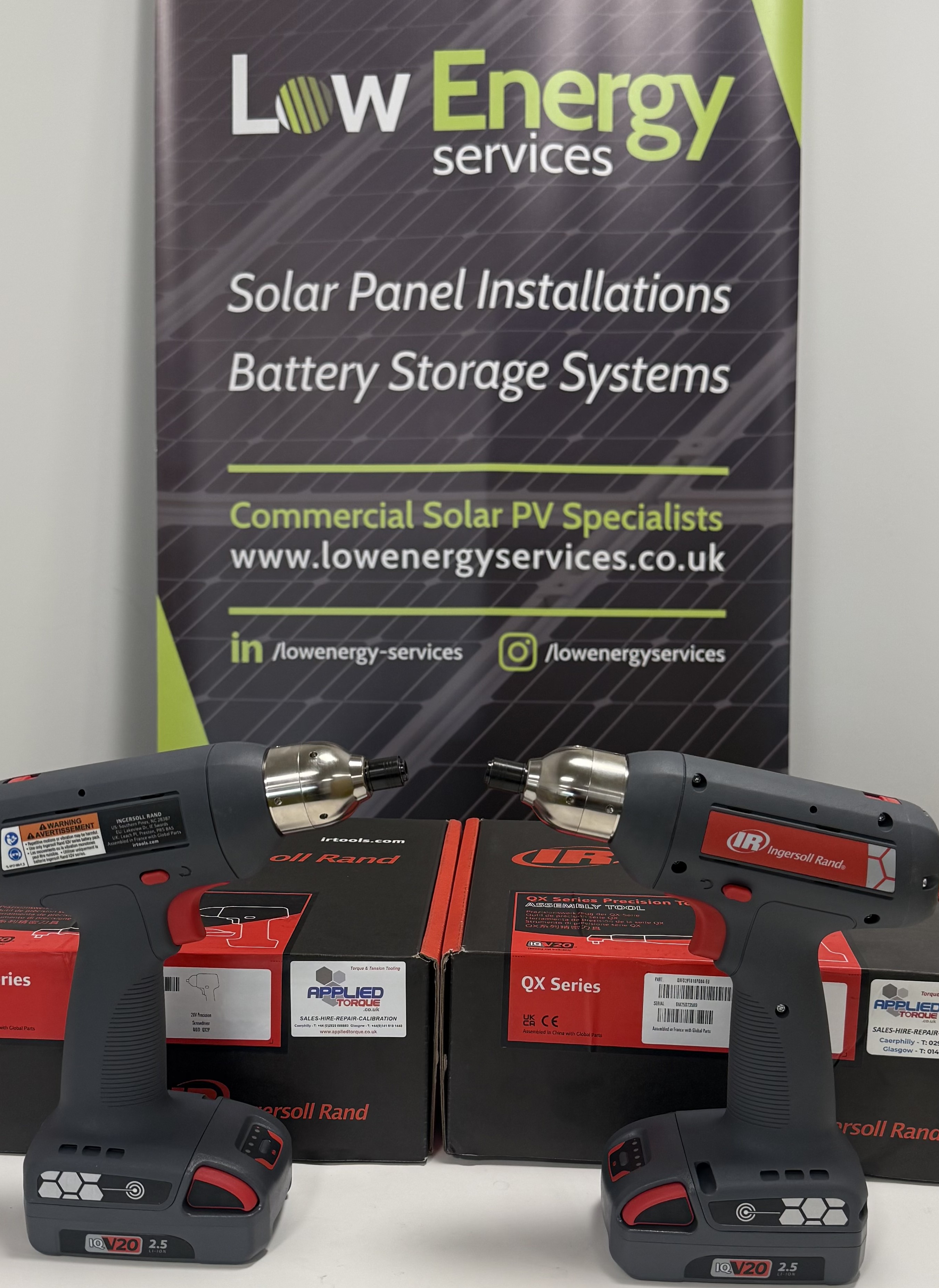

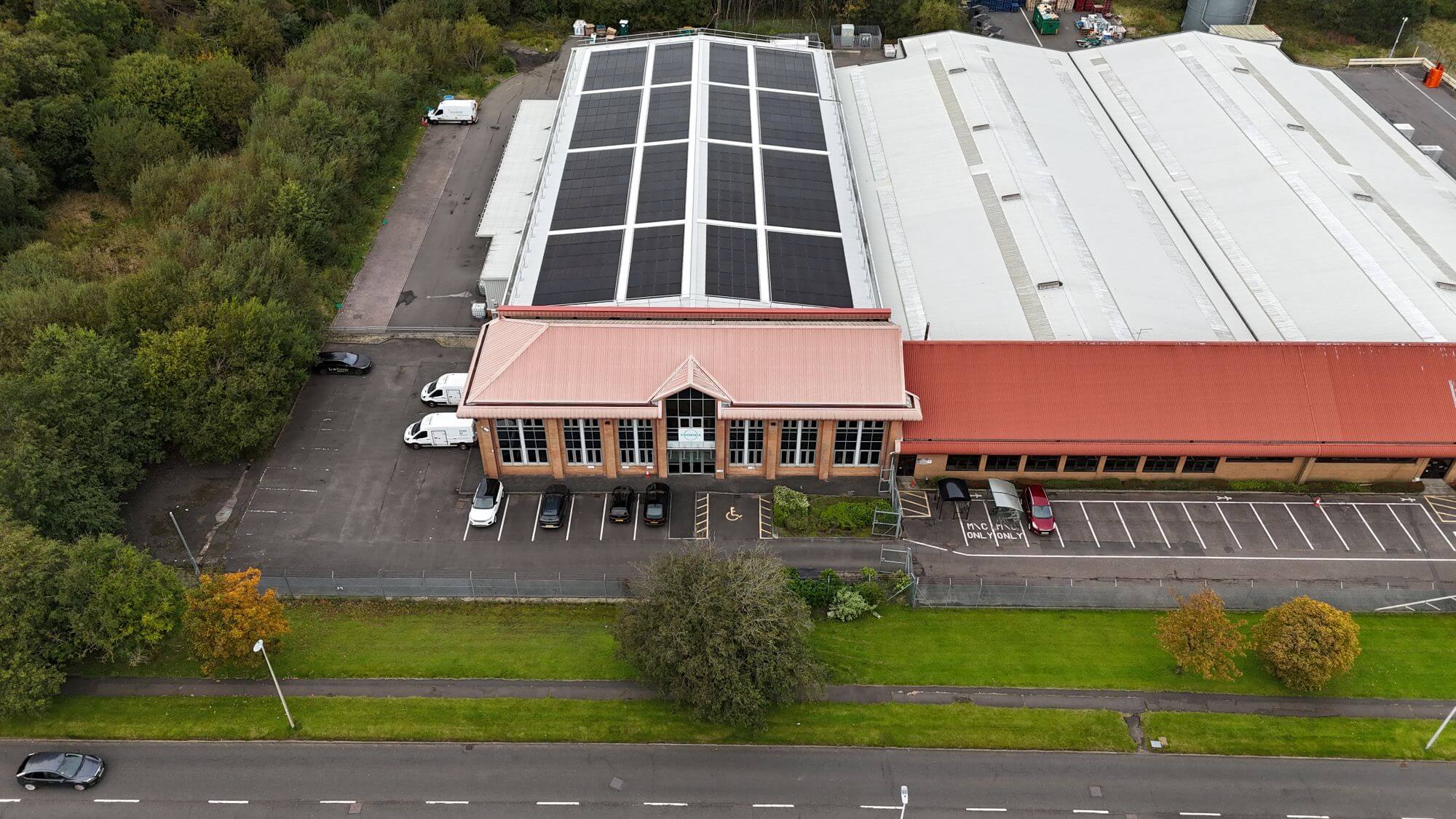
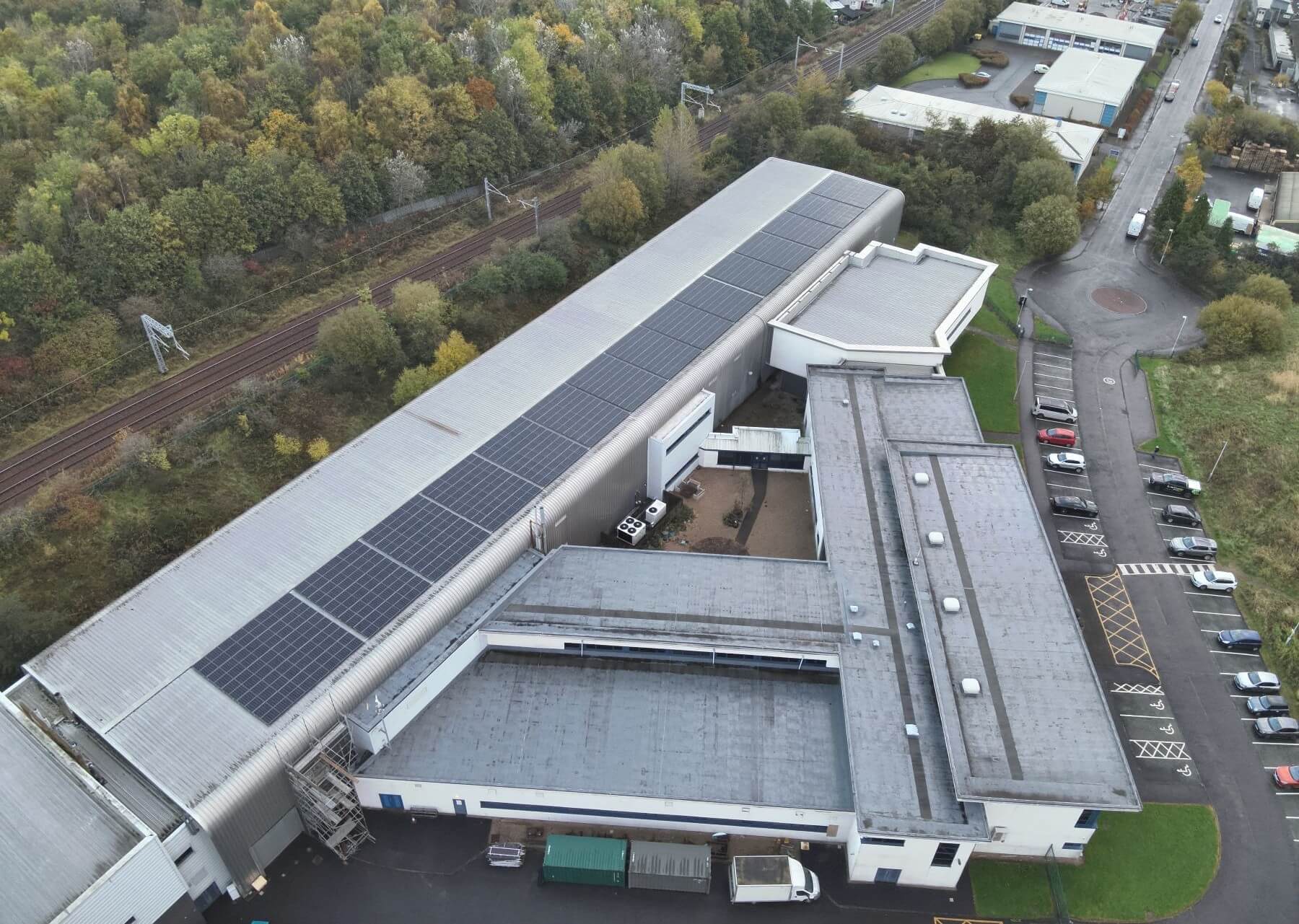
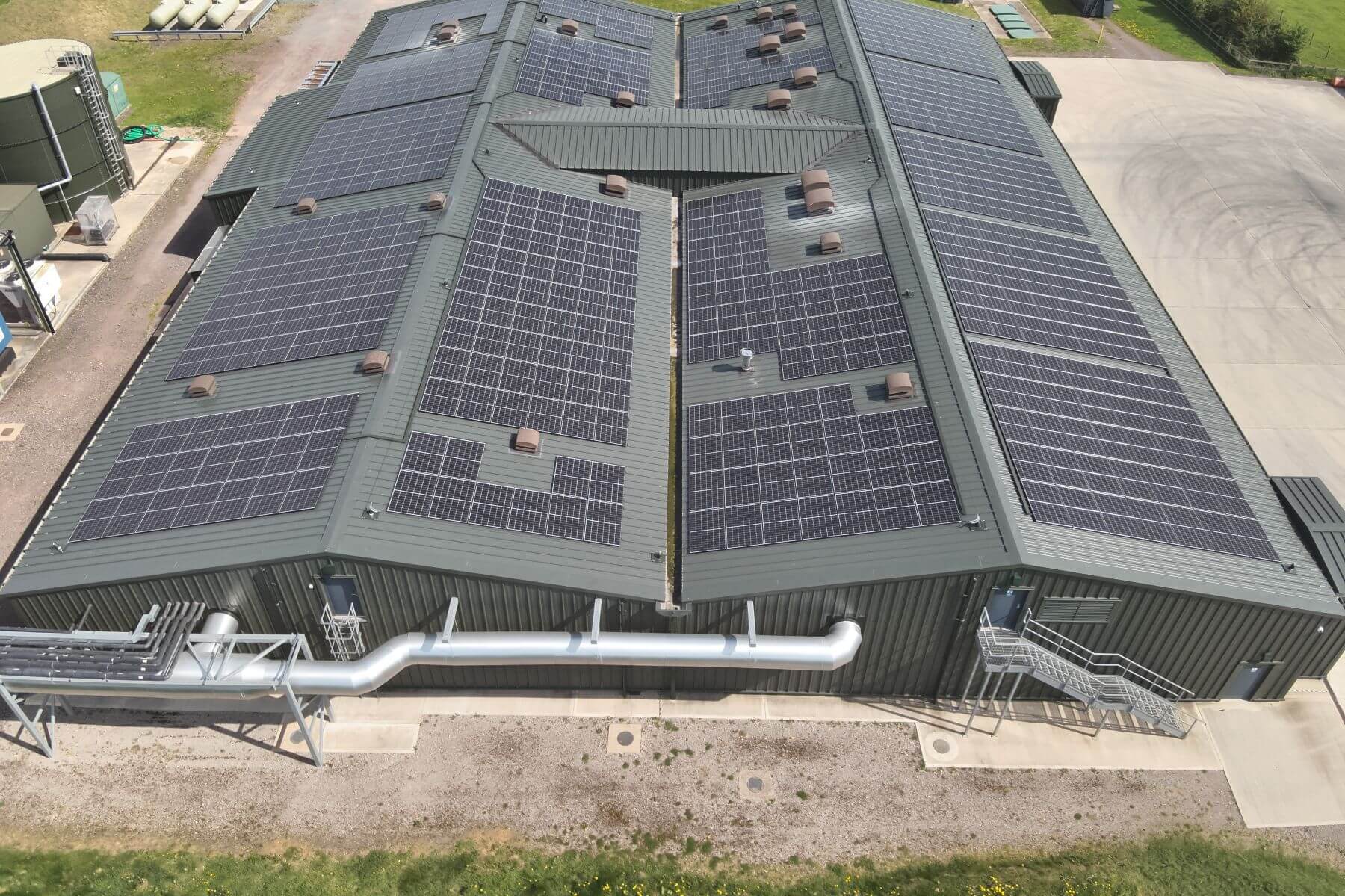
 Renewable Energy Specialists
Renewable Energy Specialists


